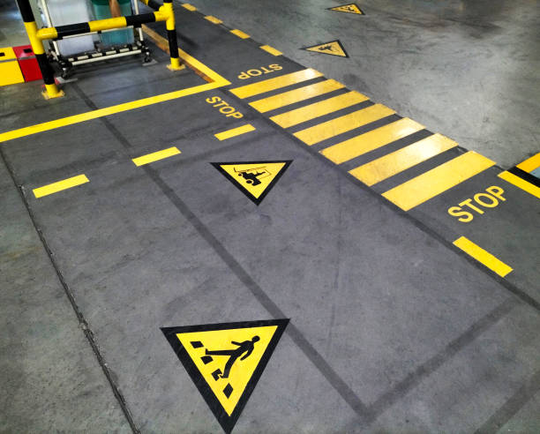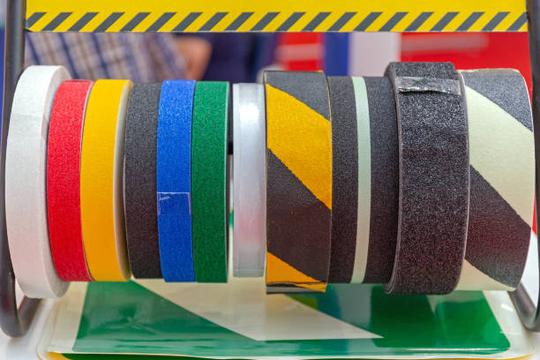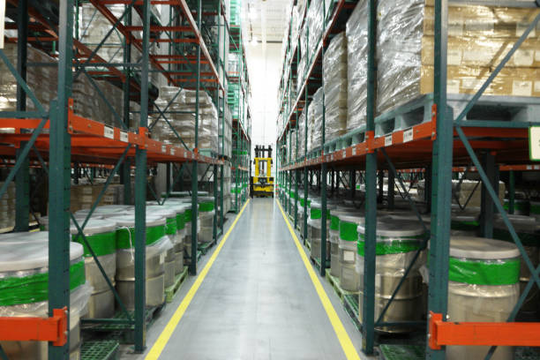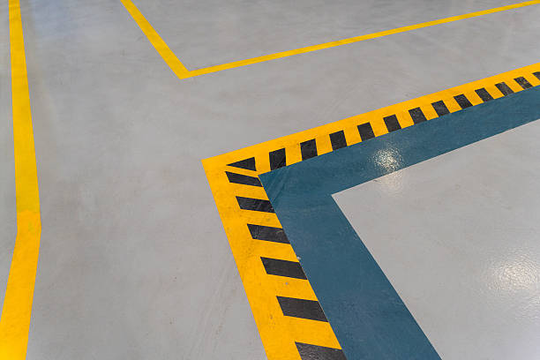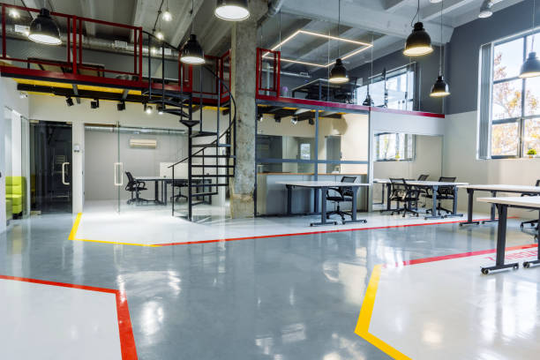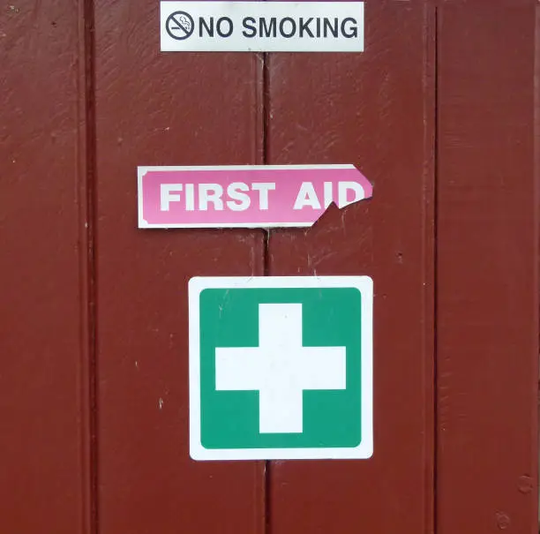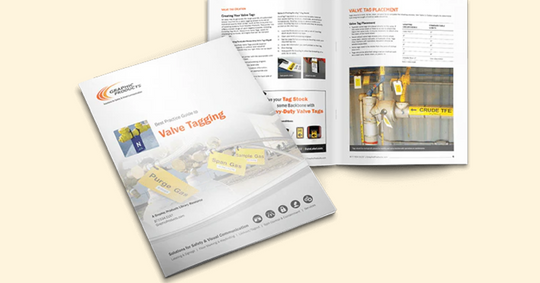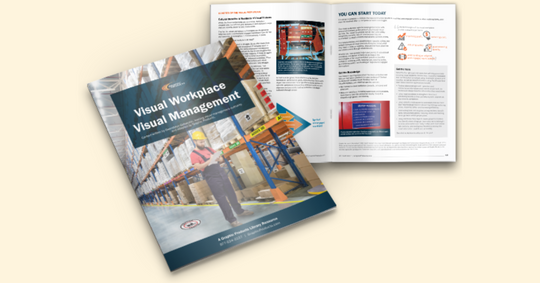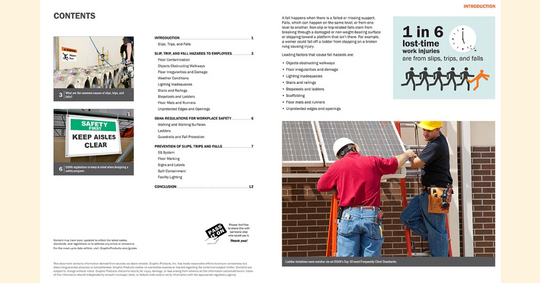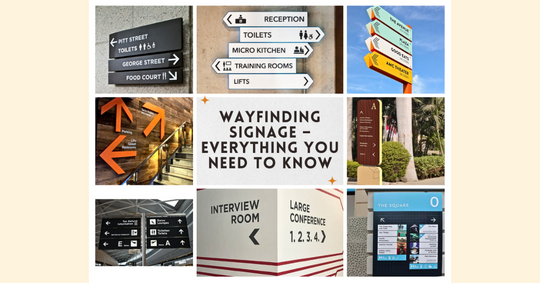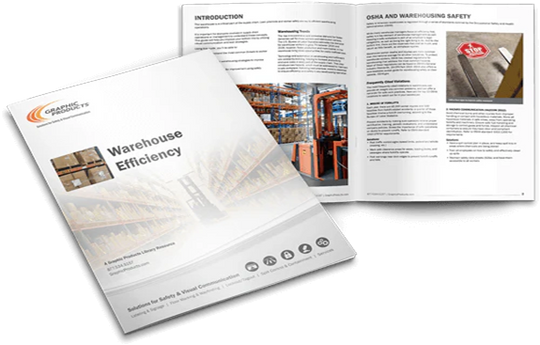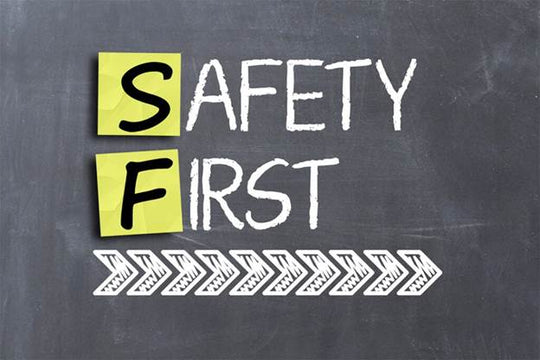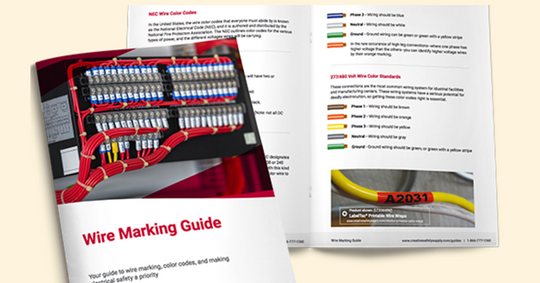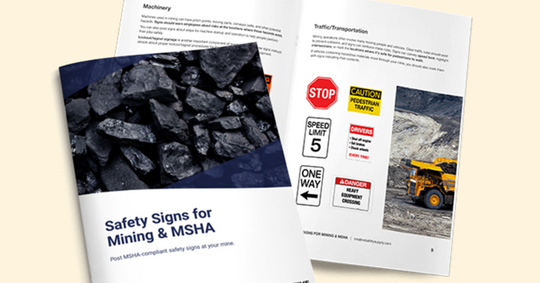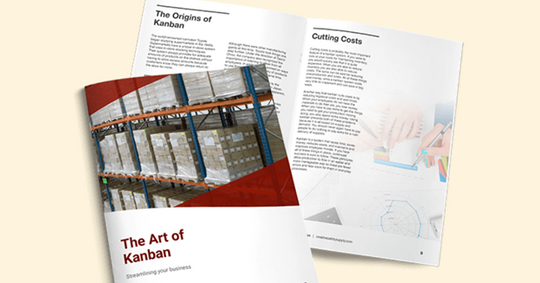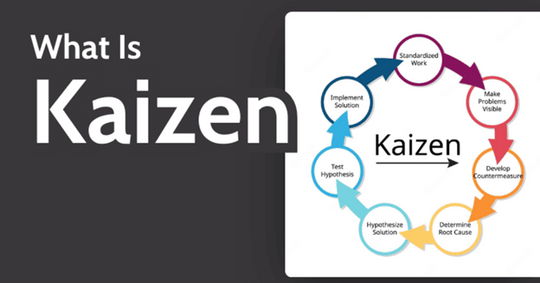Essential Workplace Safety Tag Ideas for Compliance
Introduction:The Importance of Safety Tags in the Workplace
Workplace safety is a top priority in any industry, and safety tags play a crucial role in maintaining a hazard-free environment. These tags serve as clear warnings, reminders, and instructional tools to prevent accidents and ensure compliance with safety regulations. From construction sites to factories, the right safety tags can make a significant difference in minimizing risks and keeping employees informed about potential dangers.
By implementing a proper safety tagging system, businesses can enhance workplace safety, improve efficiency, and meet industry compliance standards such as OSHA and ANSI. In this guide, we’ll explore different types of safety tags, best practices for implementation, and innovative ideas for various industries.
Types of Workplace Safety Tags and Their Uses
There are several types of safety tags designed for different workplace applications. Understanding their purpose helps in selecting the right tags for your facility.
1. Lockout/Tagout (LOTO) Tags
Used to indicate that machinery or equipment is undergoing maintenance and should not be operated. These tags are essential for energy control and preventing accidental machine startups.
2. Inspection Tags
Used to track routine equipment checks, inspections, and maintenance schedules. These tags help ensure machinery is in proper working condition and identify any needed repairs.
3. Warning and Danger Tags
Designed to alert employees about immediate hazards, such as high-voltage areas, chemical exposure, or restricted zones. These tags help in reducing workplace injuries and ensuring compliance.
4. Equipment Status Tags
Used to indicate whether equipment is operational, out of service, or under repair. This keeps workers informed and prevents accidental usage of faulty machinery.
5. Fire and Emergency Tags
Fire safety tags mark the locations of extinguishers, alarms, emergency exits, and first aid kits, ensuring workers can quickly access life-saving equipment during an emergency.
6. Warehouse and Shipping Tags
Used in logistics and warehouses, these tags help track inventory, shipment status, and storage information to streamline operations and prevent mix-ups.
Best Practices for Implementing Safety Tags
Proper implementation of safety tags ensures they are effective and compliant with industry regulations. Follow these best practices:
Ensure Readability: Use bold fonts, high-contrast colors, and clear language.
Use Durable Materials: Choose waterproof, tear-resistant, and weatherproof materials for long-lasting tags.
Standardize Tag Placement: Consistency is key—place tags in the same locations across the workplace for easy recognition.
Regularly Inspect and Replace Tags: Worn-out or faded tags should be replaced immediately to maintain visibility and effectiveness.
Train Employees on Tag Usage: Educate workers on what each tag means and the importance of following tag instructions.
Creative Safety Tag Ideas for Different Industries
Different industries require unique safety tag solutions to address their specific hazards. Here are some creative ideas:
1. Construction Sites
Color-coded tags to indicate different levels of danger.
QR code safety tags that provide additional information when scanned.
2. Manufacturing Facilities
Magnetic safety tags that can be easily moved and updated.
Glow-in-the-dark tags for visibility in low-light areas.
3. Warehouses
Bilingual safety tags to accommodate diverse workforces.
Weight capacity tags on storage racks to prevent overloading.
4. Laboratories and Chemical Plants
Chemical-resistant tags for labeling hazardous substances.
Time-sensitive tags for monitoring chemical shelf life.
How Safety Tags Enhance Workplace Compliance
Regulatory agencies such as OSHA and ANSI require workplaces to use proper safety tags to protect workers from hazards. Compliance with these standards helps businesses:
- Avoid hefty fines and legal issues.
- Reduce workplace injuries and liability.
- Create a culture of safety and accountability.
By implementing effective tagging systems, businesses demonstrate their commitment to worker safety and regulatory compliance.
The Role of Safety Tags in Accident Prevention
A well-placed safety tag can be the difference between a smooth operation and a serious accident. Safety tags help prevent:
- Unintentional machine startups during maintenance.
- Exposure to hazardous chemicals by providing clear warnings.
- Falls and injuries by marking restricted areas and safety equipment.
To further enhance workplace safety, businesses should also incorporate floor marking systems. Clearly marked safety zones and pathways help employees navigate hazardous areas while reducing risks of accidents.
Safety Tags vs. Safety Signage: Key Differences
While both safety tags and safety signage serve as hazard communication tools, they have different purposes:
|
Feature |
Safety Tags |
Safety Signage |
|
Purpose |
Temporary warnings & instructions |
Permanent hazard identification |
|
Usage |
Attached to equipment or tools |
Mounted on walls, doors, or floors |
|
Flexibility |
Easily moved or replaced |
Fixed in place |
|
Examples |
Lockout tags, inspection tags |
Fire exit signs, danger signs |
Both are essential for a comprehensive workplace safety strategy.
Innovative Labeling and Safety Tagging Solutions
Modern workplaces are adopting cutting-edge safety tools for enhanced safety tagging, including:
RFID-Enabled Tags: Allow for digital tracking of equipment and maintenance schedules.
Smart Tags with QR Codes: Workers can scan for real-time safety instructions and compliance checks.
LED-Backlit Tags: Ideal for night shifts and low-visibility areas.
Additionally, warehouse marking techniques, such as color coding, improve the organization and efficiency of workspaces while maintaining safety. These innovations provide a seamless way to track hazards, equipment status, and emergency protocols.
Common Mistakes to Avoid When Using Safety Tags
Using Low-Quality Materials: Cheap tags wear out quickly, reducing effectiveness.
Placing Tags in Hard-to-See Areas: Ensure tags are in visible locations.
Not Updating Tags Regularly: Old or faded tags can lead to misunderstandings and accidents.
Failing to Train Employees: Workers should know how to read and respond to safety tags.
Overusing or Misusing Tags: Tags should only be used when necessary to avoid confusion.
For maximum effectiveness, businesses should also focus on the benefits of floor marking, which helps employees stay aware of designated areas, danger zones, and restricted spaces.
Top Safety Tag Ideas to Improve Workplace Safety
|
Safety Tags |
Short Description |
|
Explore creative safety tag ideas that can help improve safety communication and compliance in the workplace. |
|
|
Learn effective floor marking ideas to organize workspaces, improve traffic flow, and enhance safety in various environments. |
|
|
Discover warehouse safety ideas that help reduce risks, improve operations, and create a safer working environment. |
|
|
Check out innovative workplace safety tag ideas designed to improve hazard communication and reduce workplace injuries. |
|
|
A comprehensive guide to safety signage ideas that enhance visibility, promote safety awareness, and meet regulatory standards. |
|
|
Get ideas for industrial labeling that ensures proper hazard identification, equipment safety, and regulatory compliance. |
|
|
Explore the best safety tag ideas specifically designed for factories to improve safety measures and operational efficiency. |
Conclusion:
Implementing a strong safety tagging system is essential for maintaining workplace safety, ensuring compliance, and preventing accidents. By choosing the right safety tags, training employees, and leveraging innovative solutions, businesses can create a safer, more organized work environment.
For more insights on workplace safety and compliance, visit Archford’s safety tags page for detailed resources and product solutions.
FAQs
1. What are the most important safety tags for a workplace?
The most essential safety tags include lockout/tagout tags, inspection tags, danger tags, and equipment status tags, as they help prevent accidents and ensure compliance.
2. How often should safety tags be replaced?
Safety tags should be inspected regularly and replaced if they are faded, damaged, or outdated to maintain effectiveness.
3. Can safety tags be customized for specific industries?
Yes, custom safety tags can be designed for unique hazards, including bilingual tags, glow-in-the-dark tags, and chemical-resistant tags.
4. What regulations govern workplace safety tags?
Safety tags must comply with OSHA, ANSI, and ISO standards, depending on the industry and location.
5. How to create an effective floor marking system?
To create an effective system, use color-coded markings, ensure clear safety zone indicators, and follow industry regulations to improve workplace organization and safety.
























